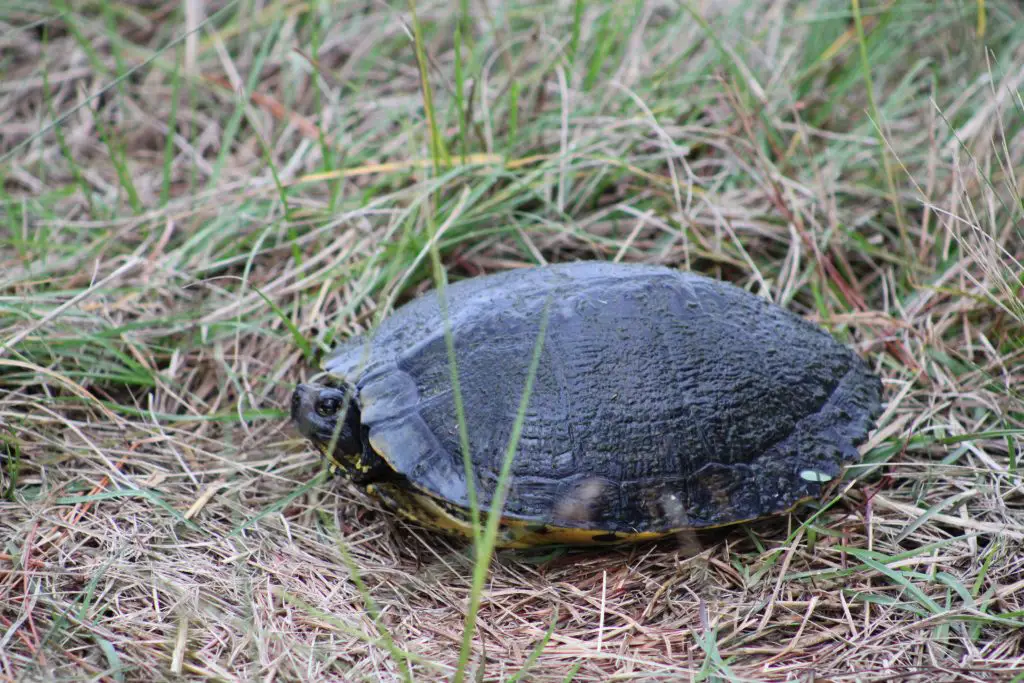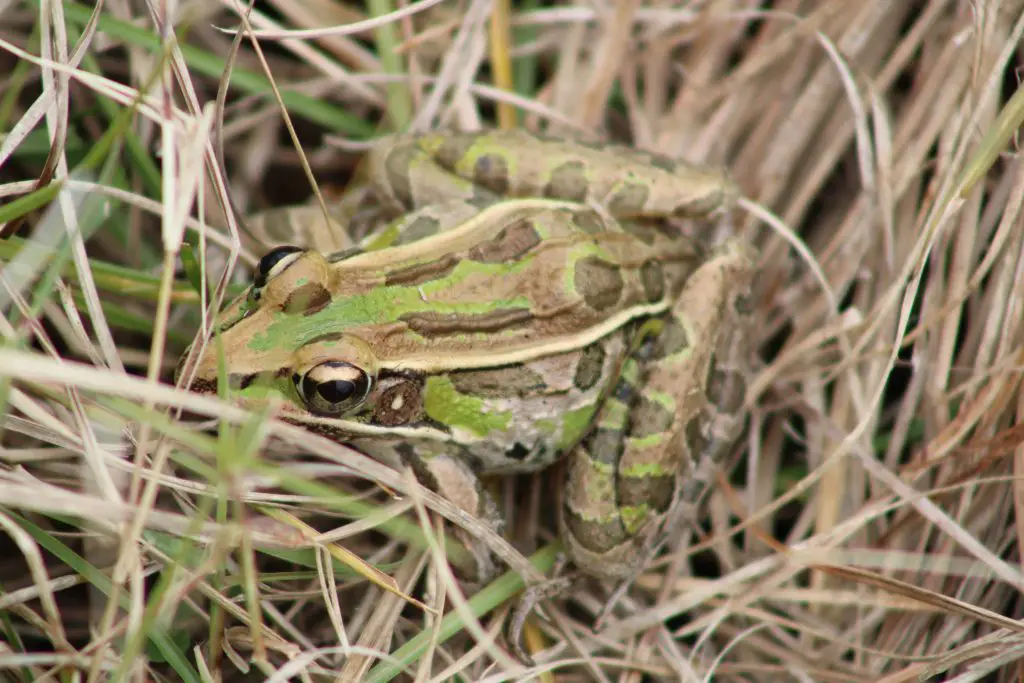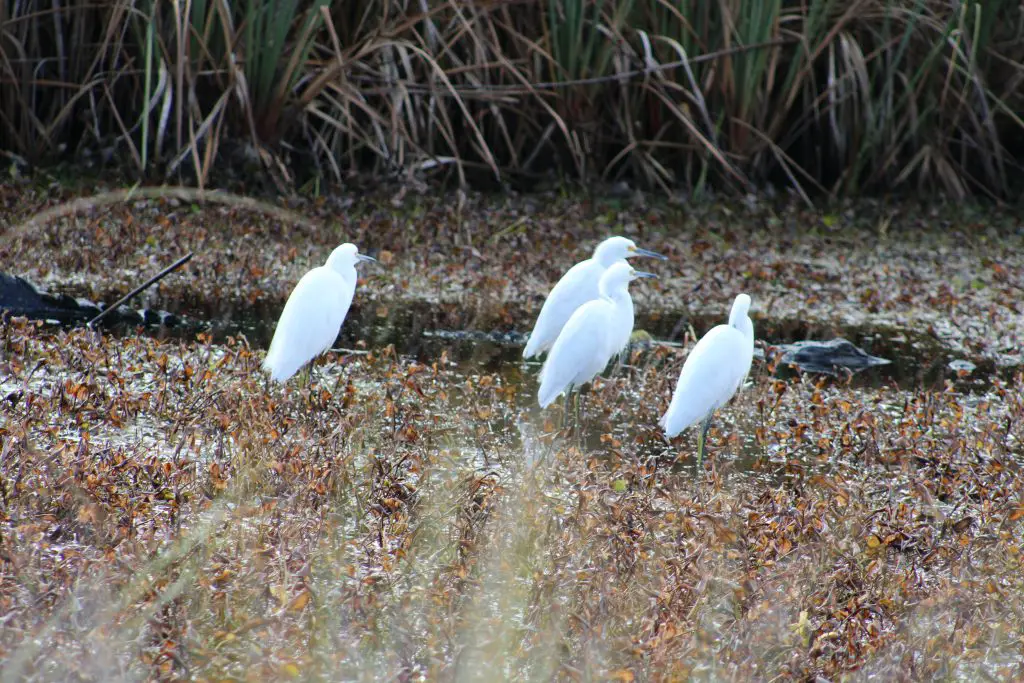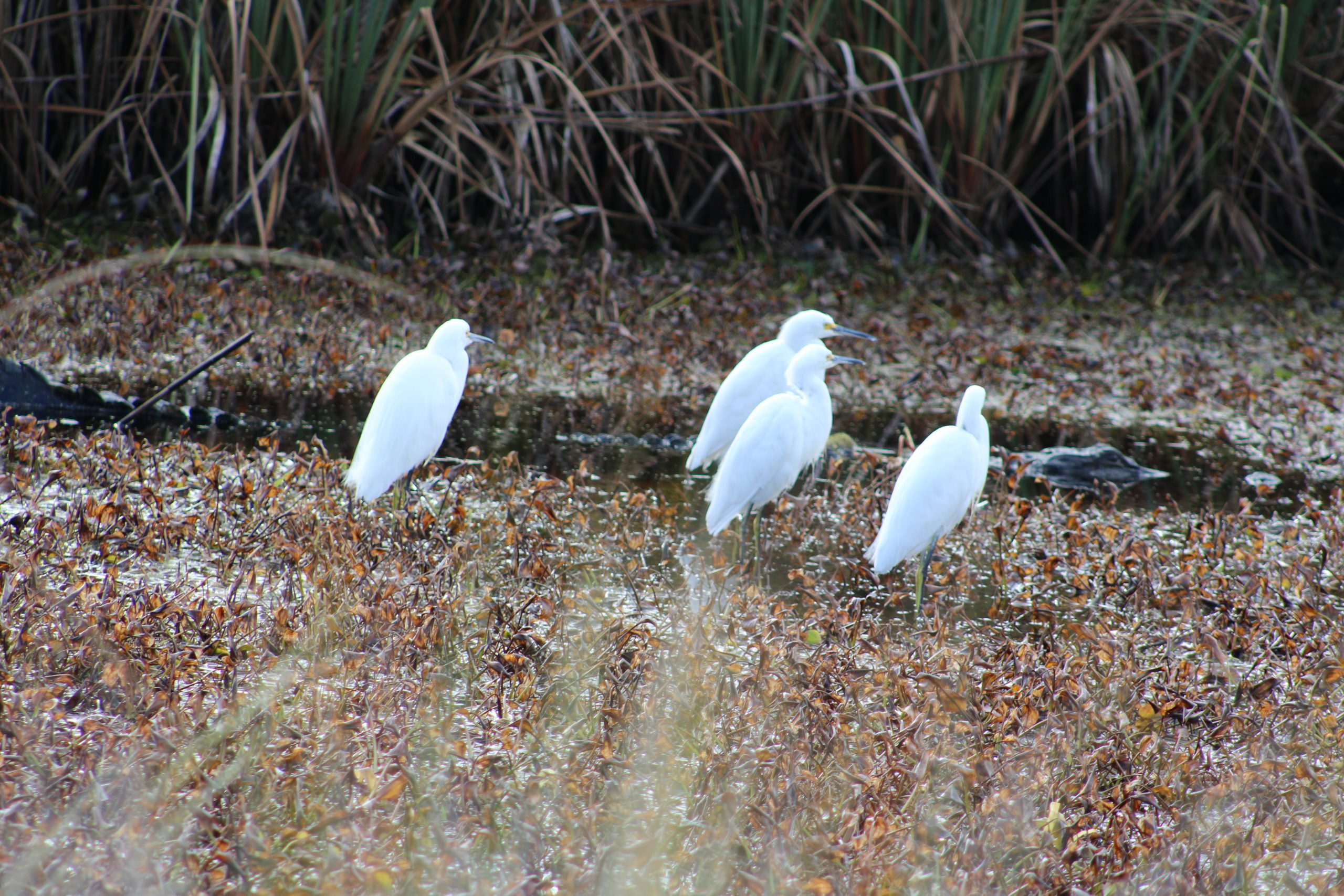You asked a simple question, how many animals are in the world. Unfortunately, there is no simple answer. Instead, this seemingly straightforward question is a hotly contested issue among scientists.
We will explore the best estimates of how many animals are on Earth.
Key facts:
- One reliable source estimates that ~8.7 million species of animals are currently roaming the earth.
- But it’s worth noting that estimates of the number of animal species vary.
How many animal species are in the world?
When you start to make a list of animals, you may quickly realize that the list starts to seem never-ending. A relatively recent study estimated that around 8.7 million species of animals are currently alive on this planet. Of that 8.7 million estimate, around 2.2 million are marine species.
But interestingly, the study noted that only around 1.2 million species are actually described. That leaves around 86% of existing species on land to be described and 91% of species in the ocean to be described.
Other estimates
While the latest estimate is 8.7 million for the number of animals on Earth, that’s hardly the only estimate. Many other scientists have other ideas.
In 2010, scientist Robert May wrote in a Science article: If some alien version of the Starship Enterprise visited Earth, what might be the visitors’ first question? I think it would be: “How many distinct life forms—species—does your planet have?” Embarrassingly, our best-guess answer would be in the range of 5 to 10 million eukaryotes (never mind the viruses and bacteria), but we could defend numbers exceeding 100 million, or as low as 3 million.
More recently, some studies suggest the number might be in the billions. But the reality is that it’s impossible to know exactly how many species roam the Earth because humans haven’t uncovered all of them yet.
Why are so many species undiscovered?
When you think about the abundance of species in hard-to-reach places, like the bottom of the ocean or deep in the rainforest, the number of undescribed animal species starts to make sense. That’s especially true when small critters, like insects, are taken into account.
Even new mammal species are discovered every year. For example, the BBC reported that two species of Gymnures (small rodents) were cataloged as species in 2023.
How many animals are on Earth: A breakdown by type
It’s difficult to picture millions of species, which is why I’ve broken things down into different categories below. Specifically, I’ll share an estimate on how many mammals, reptiles, amphibians, fish, birds, and invertbrates are described.
Mammals

The world is home to a staggering diversity of mammalian species, showcasing the incredible variety within the class Mammalia. As of the latest estimates, scientists have identified around 6,000 to 7,000 distinct species of mammals, ranging from the iconic elephants and whales to the diminutive shrews and bats. This remarkable group of warm-blooded vertebrates exhibits a wide array of adaptations, allowing them to thrive in diverse ecosystems across the globe.
Each mammalian species has evolved unique characteristics and behaviors, contributing to the overall richness of our planet’s biodiversity. The classification of mammals encompasses a spectrum of sizes, from the tiny bumblebee bat, which weighs less than a penny, to the massive blue whale, the largest creature to have ever existed on Earth. Notably, ongoing research and advancements in technology continue to unveil new mammalian species, underscoring the perpetual exploration and discovery within the field of mammalogy.
Beyond their sheer number, the significance of mammals in ecosystems cannot be overstated. They play vital roles in ecological balance, ranging from pollination by bats to seed dispersal by rodents. Also, humans are considered mammals.
Reptiles

The world of reptiles is a realm of astounding diversity, with over 11,000 identified species, according to The Reptile Database. From the stealthy chameleons blending seamlessly into their surroundings to the majestic sea turtles gracefully navigating the oceans, reptiles inhabit nearly every corner of the globe. This diverse class includes iconic species such as the monitor lizards.
Amphibians

The realm of amphibians is teeming with diversity, boasting over 8,200 identified species, according to the Amphibian Ark. From the vibrant poison dart frogs of Central and South America to the elusive axolotl with its regenerative abilities, amphibians exhibit a remarkable range of adaptations and behaviors. These fascinating creatures straddle the worlds of land and water, showcasing evolutionary marvels that allow them to thrive in diverse environments.
Fish
An estimated 30,000+ identified species of fish roam the worlds waterways. From the colorful coral reefs to the deep, dark abysses of the ocean floor, fish occupy a diverse array of habitats.
Ranging from the charismatic clownfish to the formidable great white shark, each species has evolved unique adaptations to thrive in their specific environments. Fish come in various shapes and sizes, from the tiny goby to the enormous whale shark, showcasing the incredible diversity within this vertebrate group.
Birds

Scientists estimate approximately 9,000 to 11,000 species of birds have been identified. The diversity within this feathered class encompasses flightless wonders like penguins, iconic migratory species such as the Arctic tern, and elusive forest dwellers like the resplendent quetzal.
Invertebrates

With over 97% of all known animal species falling under this category, invertebrates play an indispensable role in shaping ecosystems across the globe. The latest estimate published by the University of Hawaii suggests that around 1.3 million species of invertebrates exist.
From the intricate designs of butterflies to the complex behaviors of octopuses, these spineless wonders demonstrate remarkable adaptability and resilience. Invertebrates include arachnids, insects, mollusks, annelids, and countless other phyla, showcasing a staggering array of sizes, shapes, and ecological roles.
How many animals are on Earth: Summary chart
| Animal type | Estimated number of described species |
| Mammals | 6,000 to 7,000 |
| Reptiles | 11,000+ |
| Amphibians | 8,200+ |
| Fish | 30,000+ |
| Birds | 9,000 to 11,000 |
| Invertebrates | 1.3 million |
How many species are extinct?
Throughout Earth’s history, numerous species have faced extinction, a natural process driven by factors such as environmental changes, competition, and predation. However, the current era is witnessing an alarming acceleration of extinction rates due to human activities. Since the Industrial Revolution, the extinction rate has surged, leading to the loss of thousands of species. Deforestation, pollution, climate change, and over-exploitation of natural resources have pushed many organisms to the brink. Unfortunately, this is resulting in an unprecedented biodiversity crisis.
The exact number of extinct species is challenging to quantify. But scientists estimate that around 99% of all species that have ever lived on the Earth are extinct. With that, millions (or perhaps billions) of species have died walked the Earth and died out at some point, leaving behind traces in the fossil record.
How many current species are facing extinction?
The latest estimate suggests that at least 15,000 currently living species are threatened with extinction, according to the National Museum of Natural History. But thousands more could be facing peril due to the pressures humans put on natural resources.
Unfortunately, some scientists have estimated that we are facing an extinction rate between 1,000 to 10,000 times higher than the natural exctintion rate.
How many total animals are in the world?
Determining the exact number of animals in the world is an intricate challenge. Just image the vastness of Earth’s ecosystems and the multitude of species inhabiting them. But with millions of species, it’s relatively safe to say that there are at least billions of animals roaming our planet.
How many animals are in the world: Frequently asked questions
Are there more animals than humans?
Yes, there are significantly more animals than humans on Earth. The animal kingdom is incredibly diverse, comprising millions of species, while the global human population is currently around 7.9 billion. The number of individual animals, ranging from microscopic organisms to large mammals, far exceeds the human population.
How many species exist on Earth?
Scientists have identified and named over 2 million species to date. But it is widely believed that millions more remain undiscovered, especially in biodiversity-rich regions like rainforests and the deep sea. The total number of species on Earth is likely in the range of 8 to 9 million or possibly more.
